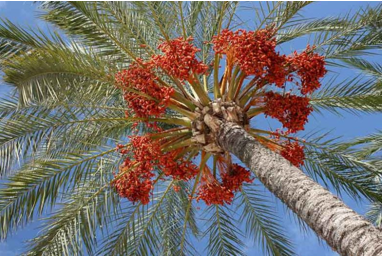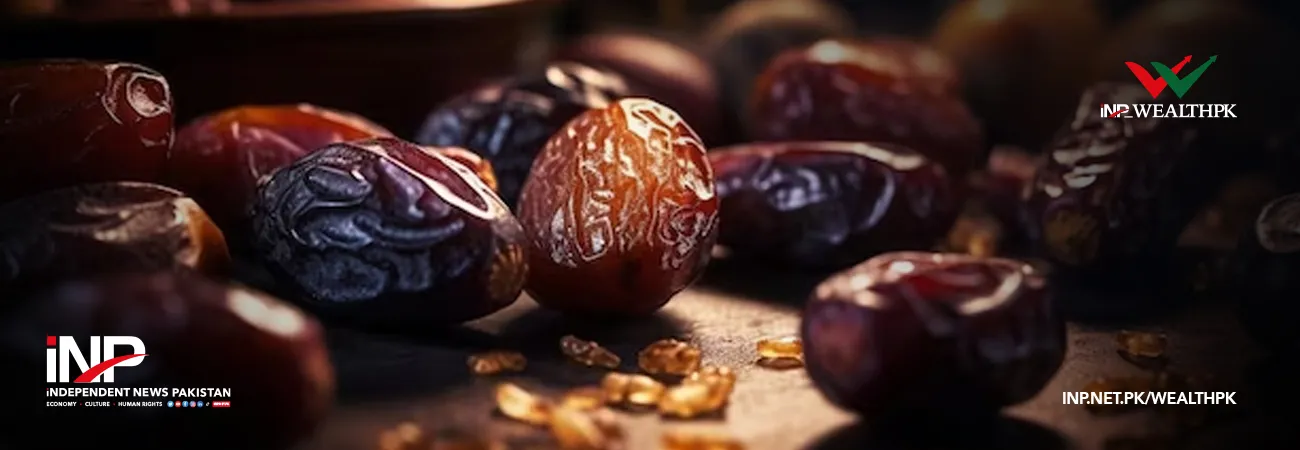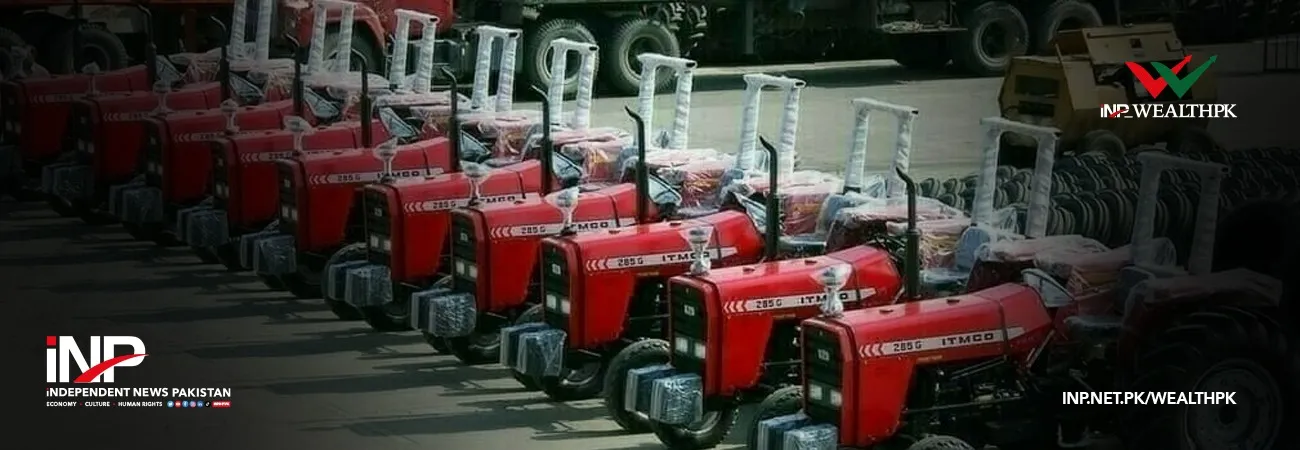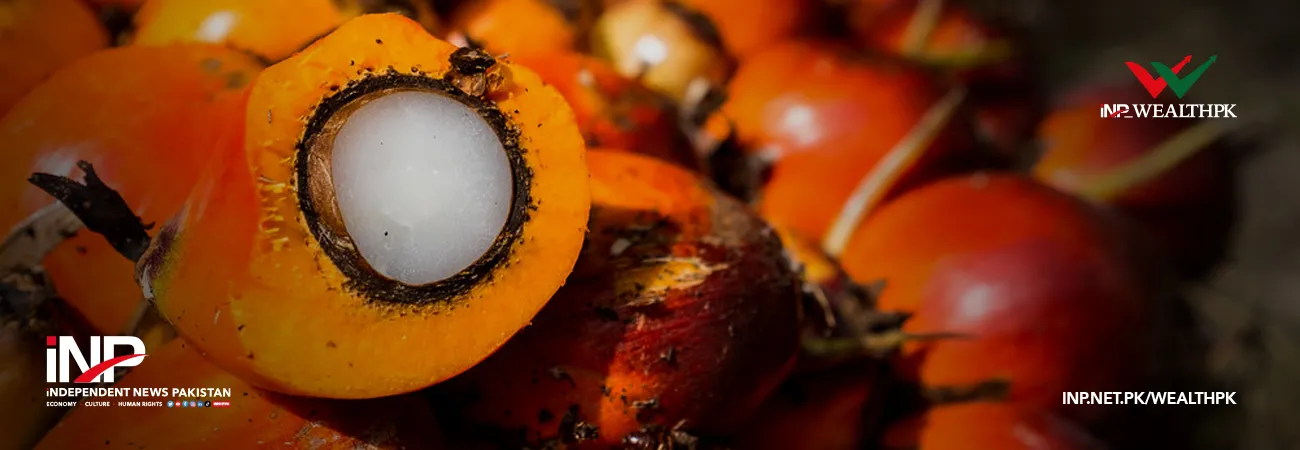INP-WealthPk
Azeem Ahmed Khan
Climate change has become a major threat to Pakistan's dates sector, destroying about 90% of the harvest over the last three years, a leading Sindh-based producer told WealthPK.

"The monsoon has been too active, and I fear the upcoming season may devastate the crop again," said the dates producer and exporter, requesting anonymity. He pointed out that the harvest period now overlapped with the monsoon, a timing issue that must be addressed by agricultural scientists to save the crop from damages. “During the monsoon season, rain ruins nearly-ripe dates, causing them to fall prematurely and lose the market value.
The unpredictable seasons are worsening with each passing year, leaving the farmers ill-prepared to cope with the challenges. So, the government research institutes are urged to adjust the ripening period through scientific methods to avoid the monsoons impact,“ he said. He emphasized that the government should lead research and development, as the farmers could not afford to import or cultivate new varieties on their own.
He also called for more skilled personnel in agriculture departments to address the sector's challenges effectively. Another major issue in Pakistan is reliance on low-value varieties, he pointed out, saying that while the local dates were sold for 300-400 rupees per kilogram, the Arab countries' dates fetched 2000-2500 rupees. Similarly, Pakistani dates earn only 700-800 dollars per kilogram on international markets, compared to 3000-4000 dollars for dates from other countries.
Therefore, he suggested transitioning to higher-value varieties to boost income by 3-4 times. He criticized the Sindh government's lack of support for the dates sector despite the province being the largest producer in the country. He contrasted this with Punjab, which had introduced new varieties from Saudi Arabia and the UAE, even though it contributed only 1-2% to the national production. The Sindh-based producer also pointed out the absence of the Sindh Agriculture Department at a recent expo in Karachi, where the Punjab Agriculture Department had set up a stall.
He said storage was not a major issue, as commercial cold stores were available across the country in date producing areas and major cities like Lahore, Karachi, Islamabad, etc. Asked whether sufficient water was available for the crop, he said while water shortages affected some areas in Sindh, dates required little water for cultivation. However, he noted that the dates processing industry still relied on the outdated methods, with many farmers using techniques unchanged for over 50 years.
He urged modernization through machinery but noted that frequent power cuts were hindering this shift. He mentioned that despite transport challenges, the farmers managed to get their produce to the markets; however, the condition of the roads from farms to the markets needed improvement. He said Pakistan had made little progress in value addition, reducing its foreign exchange earnings.
About 95% of the crop is exported to India and Bangladesh as dried dates (chowara), where it is processed further and resold globally at higher rates. “In fact, approximately 95% of the country's date exports are dried, while only about 5% are in the form of pasteurized fresh dates, making up less than 1% of the total date production, which fetches a smaller amount in dollars,” he pointed out. Pakistan exports dates to developed countries like the US, Japan, and Australia, where these are in high demand.
He reiterated the need for introducing more high-value date varieties to diversify exports, improve profitability, and earn more foreign exchange. He identified the Aseer variety from Sindh and Begum Jangi from Balochistan as key Pakistani exports, but noted that high-value varieties like Rabbi sometimes suffered quality issues, reducing their marketability.
Credit: INP-WealthPk













